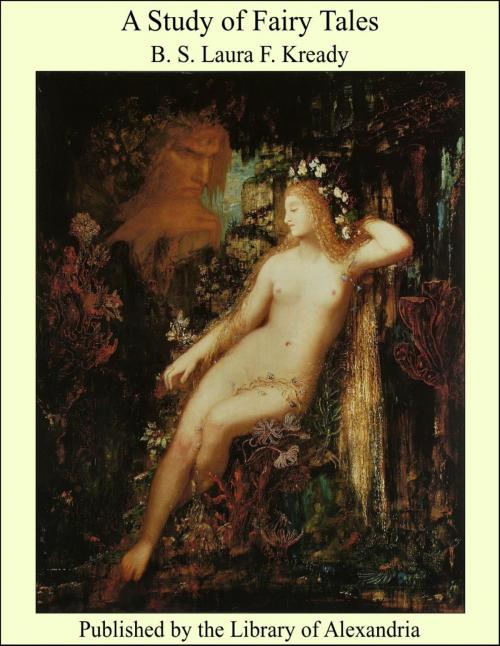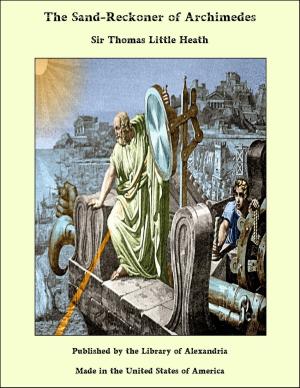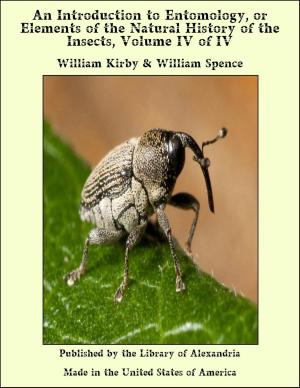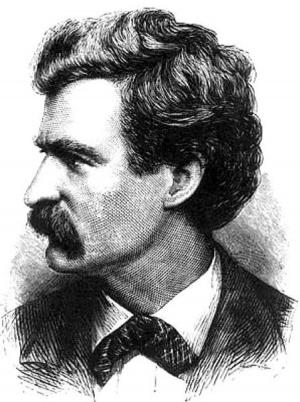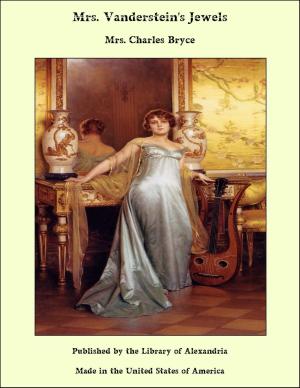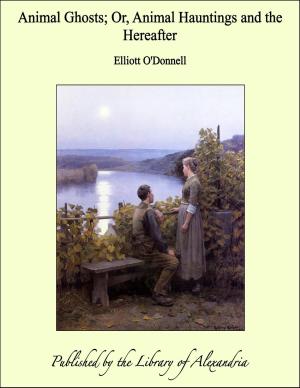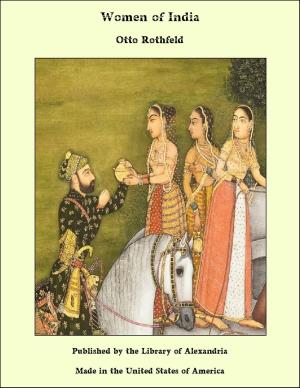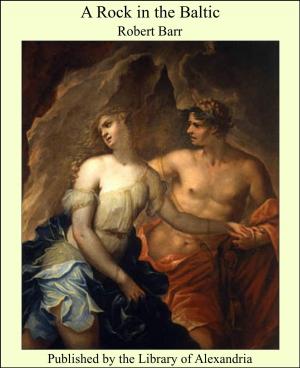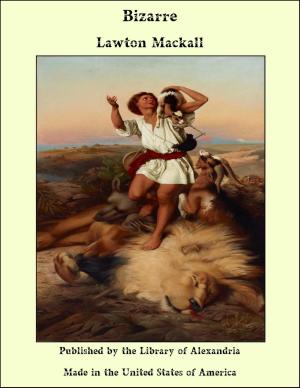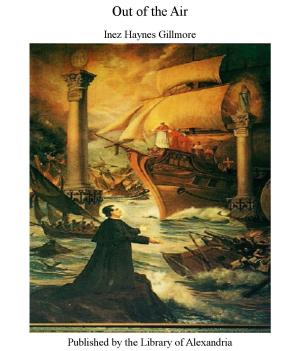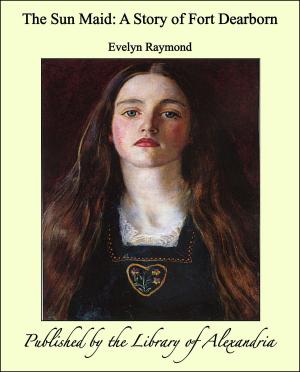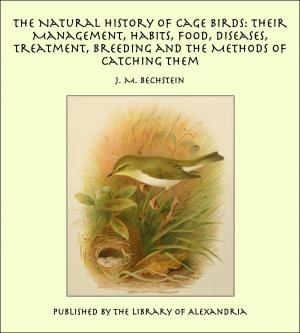| Author: | B. S. Laura F. Kready | ISBN: | 9781613102336 |
| Publisher: | Library of Alexandria | Publication: | March 8, 2015 |
| Imprint: | Language: | English |
| Author: | B. S. Laura F. Kready |
| ISBN: | 9781613102336 |
| Publisher: | Library of Alexandria |
| Publication: | March 8, 2015 |
| Imprint: | |
| Language: | English |
ONE of the problems of present-day education is to secure for the entire school system, from the kindergarten to the university, a curriculum which shall have a proved and permanent value. In this curriculum literature has established itself as a subject of unquestioned worth. But children's literature, as that distinct portion of the subject literature written especially for children or especially suited to them, is only beginning to take shape and form. It seems necessary at this time to work upon the content of children's literature to see what is worthy of a permanent place in the child's English, and to dwell upon its possibilities. A consideration of this subject has convinced me of three points: (1) that literature in the kindergarten and elementary school should be taught as a distinct subject, accessory neither to reading nor to any Other subject of the curriculum, though intimately related to them; (2) that it takes training in the subject to teach literature to little children; (3) that the field of children's literature is largely untilled, inviting laborers, embracing literature which should be selected from past ages down to the present. A single motif of this children's literature, Fairy Tales, is here presented, with the aim of organizing this small portion of the curriculum for the child of five, six, or seven years, in the kindergarten and the first grade. The purpose has been to show this unit of literature in its varied connection with those subjects which bear an essential relation to it. This presentation incidentally may serve as an example of one method of giving to teachers a course in literature by showing what training may be given in a single motif, Fairy Tales. Incidentally also it may set forth a few theories of education, not isolated from practice, but united to the everyday problems where the teacher will recognize them with greatest impression. In the selection of the subject no undue prominence is hereby advocated for fairy tales. We know fairy tales about which we could agree with Maria Edgeworth when she said: "Even if children do prefer fairy tales, is this a reason why their minds should be filled with fantastic visions instead of useful knowledge?" However, there is no danger that fairy tales will occupy more than a fair share of the child's interest, much as he enjoys a tale; for the little child's main interest is centered in the actual things of everyday life and his direct contact with them. Yet there is a part of him untouched by these practical activities of his real and immediate life; and it is this which gives to literature its unique function, to minister to the spirit. Fairy tales, in contributing in their small way to this high service, while they occupy a position of no undue prominence, nevertheless hold a place of no mean value in education
ONE of the problems of present-day education is to secure for the entire school system, from the kindergarten to the university, a curriculum which shall have a proved and permanent value. In this curriculum literature has established itself as a subject of unquestioned worth. But children's literature, as that distinct portion of the subject literature written especially for children or especially suited to them, is only beginning to take shape and form. It seems necessary at this time to work upon the content of children's literature to see what is worthy of a permanent place in the child's English, and to dwell upon its possibilities. A consideration of this subject has convinced me of three points: (1) that literature in the kindergarten and elementary school should be taught as a distinct subject, accessory neither to reading nor to any Other subject of the curriculum, though intimately related to them; (2) that it takes training in the subject to teach literature to little children; (3) that the field of children's literature is largely untilled, inviting laborers, embracing literature which should be selected from past ages down to the present. A single motif of this children's literature, Fairy Tales, is here presented, with the aim of organizing this small portion of the curriculum for the child of five, six, or seven years, in the kindergarten and the first grade. The purpose has been to show this unit of literature in its varied connection with those subjects which bear an essential relation to it. This presentation incidentally may serve as an example of one method of giving to teachers a course in literature by showing what training may be given in a single motif, Fairy Tales. Incidentally also it may set forth a few theories of education, not isolated from practice, but united to the everyday problems where the teacher will recognize them with greatest impression. In the selection of the subject no undue prominence is hereby advocated for fairy tales. We know fairy tales about which we could agree with Maria Edgeworth when she said: "Even if children do prefer fairy tales, is this a reason why their minds should be filled with fantastic visions instead of useful knowledge?" However, there is no danger that fairy tales will occupy more than a fair share of the child's interest, much as he enjoys a tale; for the little child's main interest is centered in the actual things of everyday life and his direct contact with them. Yet there is a part of him untouched by these practical activities of his real and immediate life; and it is this which gives to literature its unique function, to minister to the spirit. Fairy tales, in contributing in their small way to this high service, while they occupy a position of no undue prominence, nevertheless hold a place of no mean value in education
